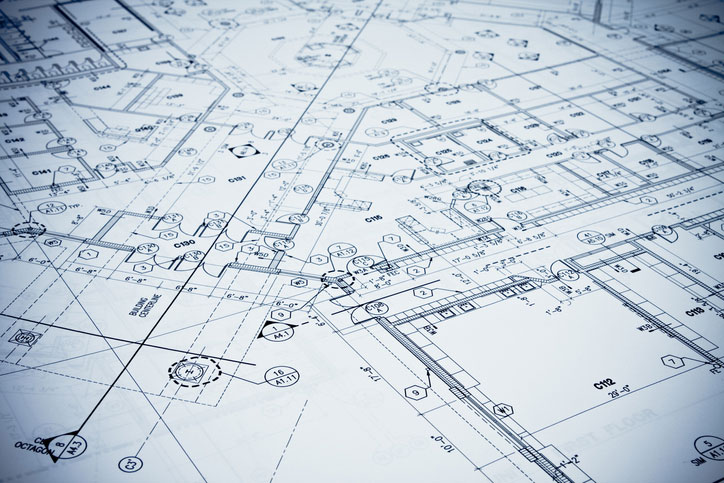In an era where artificial intelligence (AI) is transforming virtually every industry, it’s no surprise that large format scanning—a critical process in sectors like architecture, engineering, construction, and cultural preservation—is also undergoing a profound shift. Traditionally seen as a straightforward digitization process, large format scanning is now poised to become smarter, faster, and more intuitive through the integration of AI.
But how exactly is AI impacting this space? And is the future of large format scanning inevitably tied to AI? Let’s dive in.
Understanding Large Format Scanning
Large format scanners are used to digitise oversized documents such as blueprints, engineering drawings, maps, posters, and archival materials. These scanners handle documents that are often fragile, detailed, or too large for traditional scanners. The key goals? Preserve physical content, enable digital workflows, and enhance access and collaboration.
However, large format scanning comes with challenges:
- Ensuring clarity and resolution in complex or faded documents
- Detecting and correcting skewed or misaligned images
- Managing large file sizes
- Extracting meaningful data from unstructured formats
This is where AI is stepping in to redefine possibilities.
How AI Is Transforming Large Format Scanning
1. Automated Image Enhancement
AI algorithms can now automatically detect and correct issues like skew, blur, noise, and poor lighting conditions. Whether it’s a faint pencil sketch or an aged historical map, AI can enhance clarity without degrading the original document’s integrity.
2. Intelligent OCR (Optical Character Recognition)
Traditional OCR struggles with irregular fonts, handwritten notes, or non-standard layouts—common in large format documents. AI-powered OCR tools, especially those using deep learning, are much better at reading these complex formats. They recognise context, decipher faded text, and even learn from new inputs over time.
3. Semantic Understanding & Metadata Tagging
AI doesn’t just see pixels—it understands content. Modern AI systems can recognize different elements within a scanned image: text, tables, legends, architectural symbols, and more. This allows for auto-tagging, smart indexing, and faster retrieval of specific data points.
For example, an AI system could scan a building blueprint and automatically identify electrical layouts, piping schematics, or structural walls—enabling advanced search functions and integration with design software.
4. Predictive Maintenance and Workflow Automation
AI can also optimize the scanning workflow itself. By analysing usage patterns, it can predict when a scanner may need maintenance, reducing downtime. It can also automate repetitive tasks like file naming, sorting, and cloud uploads based on learned behaviours.
Use Cases Across Industries
- Architecture & Engineering: Smart scanning tools can extract CAD-ready data from physical blueprints, reducing manual redrawing efforts.
- Construction: Historical plans can be digitized and understood contextually, aiding in renovation or restoration.
- Government & Archives: AI helps preserve and catalogue rare documents efficiently and accurately, with minimal human input.
- Geospatial Mapping: Scanning large maps and applying AI enables layer separation, scale detection, and terrain interpretation.
Challenges and Considerations
While the benefits are significant, some challenges remain:
- Data Privacy: Scanning sensitive plans or documents with cloud-based AI tools raises security concerns.
- Cost of Adoption: AI-integrated scanners or software may require higher upfront investment.
- Accuracy Limits: No AI is perfect; human review may still be necessary for critical documents.
However, as AI models continue to improve and hardware becomes more affordable, these barriers are likely to diminish.
The Road Ahead
The fusion of AI with large format scanning is not just a trend—it’s the future. We’re moving toward a world where documents are not only scanned but understood. Where every line, symbol, and annotation on a drawing is instantly searchable and actionable.
In the coming years, expect to see:
- Real-time AI processing during scanning
- Tighter integration with design and project management platforms
- AI-driven document summarization and change detection
- More intuitive, touchless scanning systems powered by voice or gesture controls
Final Thoughts
Large format scanning is evolving from a passive digitization task into a proactive, intelligent process. With AI leading the charge, industries that rely on oversized documents will enjoy faster workflows, better data accessibility, and smarter insights.
So, is the future of large format scanning utilising AI? Absolutely. And that future is already unfolding.




